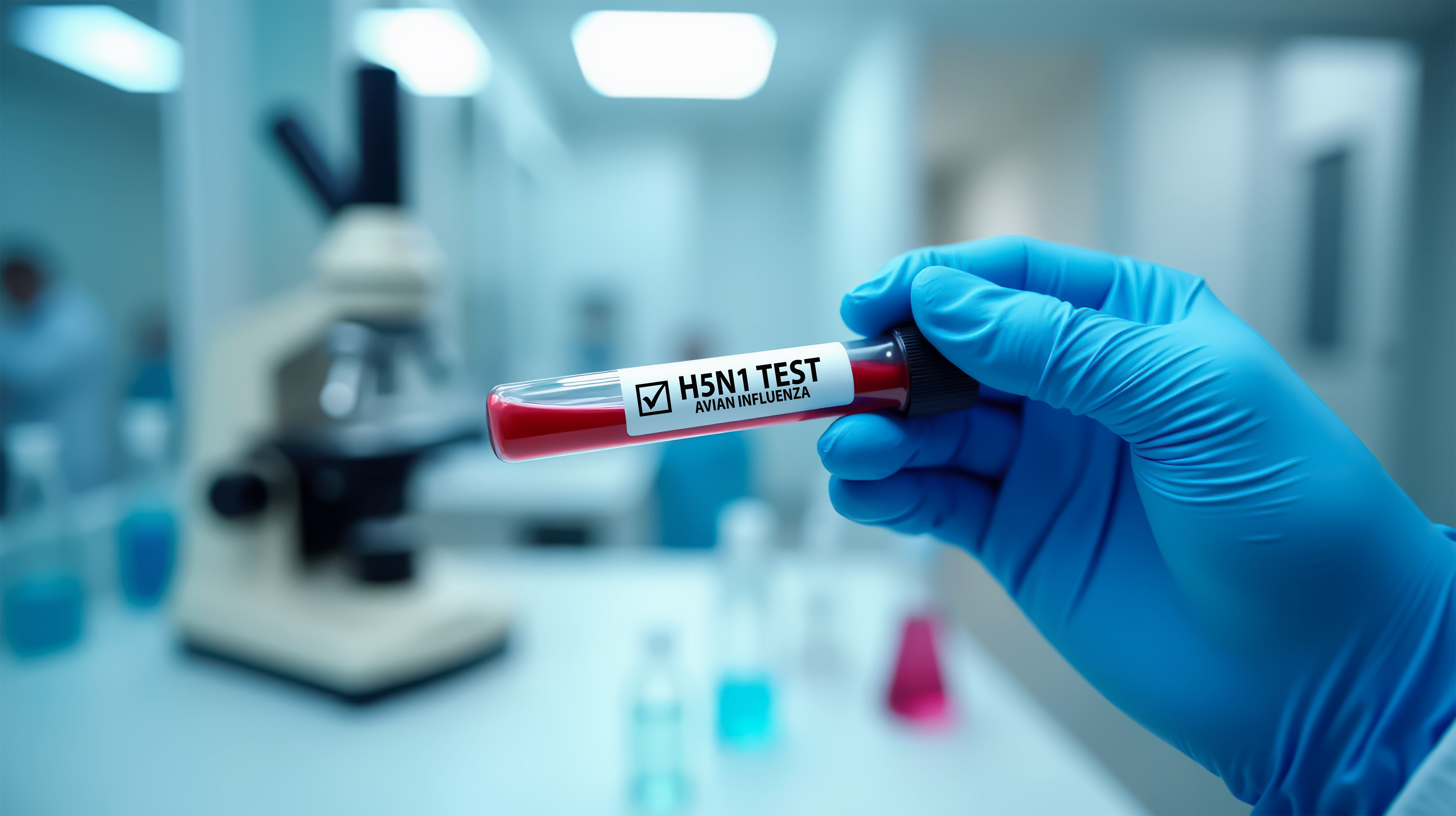Article
New mRNA Treatment Has Potential to Stop Flu and COVID-19 Viruses
Author(s):
A new, easy-to-deliver mRNA treatment can be delivered to the lungs through the use of a nebulizer.
A new mRNA-based treatment developed by researchers at the Georgia Institute of Technology and Emory University appears to stop the replication both of both the SARS-CoV-2 and flu viruses. The treatment can be delivered to the lungs through the use of a nebulizer, which would make it easy for patients to administer themselves.
The research team used mRNA technology, based on a type of clustered regularly interspaced short palindromic repeats (CRISPR), to code for a protein called Cas13a, which that destroys parts of the RNA genetic code that viruses use to replicate in cells in the lungs. This study, developed by researchers in Philip Santangelo's lab in the Wallace H. Coulter Department of Biomedical Engineering, is the first to show that mRNA can be used to express the Cas13a protein and get it to work directly in lung tissue.
"In our drug, the only thing you have to change to go from one virus to another is the guide strand—we only have to change 1 sequence of RNA. That's it," Santangelo said in a prepared statement. "We went from flu to SARS-CoV-2, the virus that causes Covid-19. They're incredibly different viruses. And we were able to do that very, very rapidly by just changing a guide."
The approach developed in this study has the potential to work against 99% of flu strains that have circulated over the last century. The team reviewed the genetic sequences of prevalent flu strains from the past 100 years with the help of a collaborator at the Centers for Disease Control and Prevention (CDC), and found regions of RNA that are unchanged across almost all of the strains reviewed. Similarly, in SARS-CoV-2, the sequences the researchers targeted so far remain unchanged in the new variants.
In a news release,In a prepared statement, investigator Daryll Vanover, the paper’s second author, said that this approach allows the treatment to be flexible as new viruses emerge, and that can result in lead candidates for clinical trials in a matter of weeks, based on how long it took to scan the sequences, design the guide strands, and prepare for testing in this study.
"It's really quite plug-and-play," Santangelo said. "If you're talking about small tweaks versus large tweaks, it's a big bonus in terms of time. And in pandemics— -- if we had had a vaccine in a month or two 2 after the pandemic hit, think about what things would look like now. If we had a therapy a month after it hit, what would things look like now? It could make a huge difference, the impact on the economy, the impact on people."
Santangelo’s team has previously worked on delivering mRNA to mucosal surfaces like those in the lungs, accelerating their development of this approach. Knowing that it was likely they could treat respiratory infections through this approach, they decided to use mRNA to code for the Cas13a protein because of the inherent safety of the technique.
"The mRNA is transient. It doesn't get into the nucleus, doesn't affect your DNA," Santangelo said., "and fFor these CRISPR proteins, you really don't want them expressed for long periods of time."
Working with collaborators at the University of Georgia, Georgia State University and Kennesaw State University, Santangelo's team tested its approach against flu in mice and SARS-CoV-2 in hamsters. In both cases, the sick animals recovered.
Santangelo and Vanover both agree that there is more work to be done on understanding the mechanisms that make the treatment effective. For example, although the animal models have produced no sideadverse -effects, the team wants to further investigate safety as they consider moving closer to a therapy for human patients.
REFERENCE
Easy-to-deliver mRNA treatment shows promise for stopping flu and Covid-19 viruses [news release]. EurekAlert; March 4, 2021. Accessed March 8, 2021. https://www.eurekalert.org/pub_releases/2021-03/giot-emt030421.php






